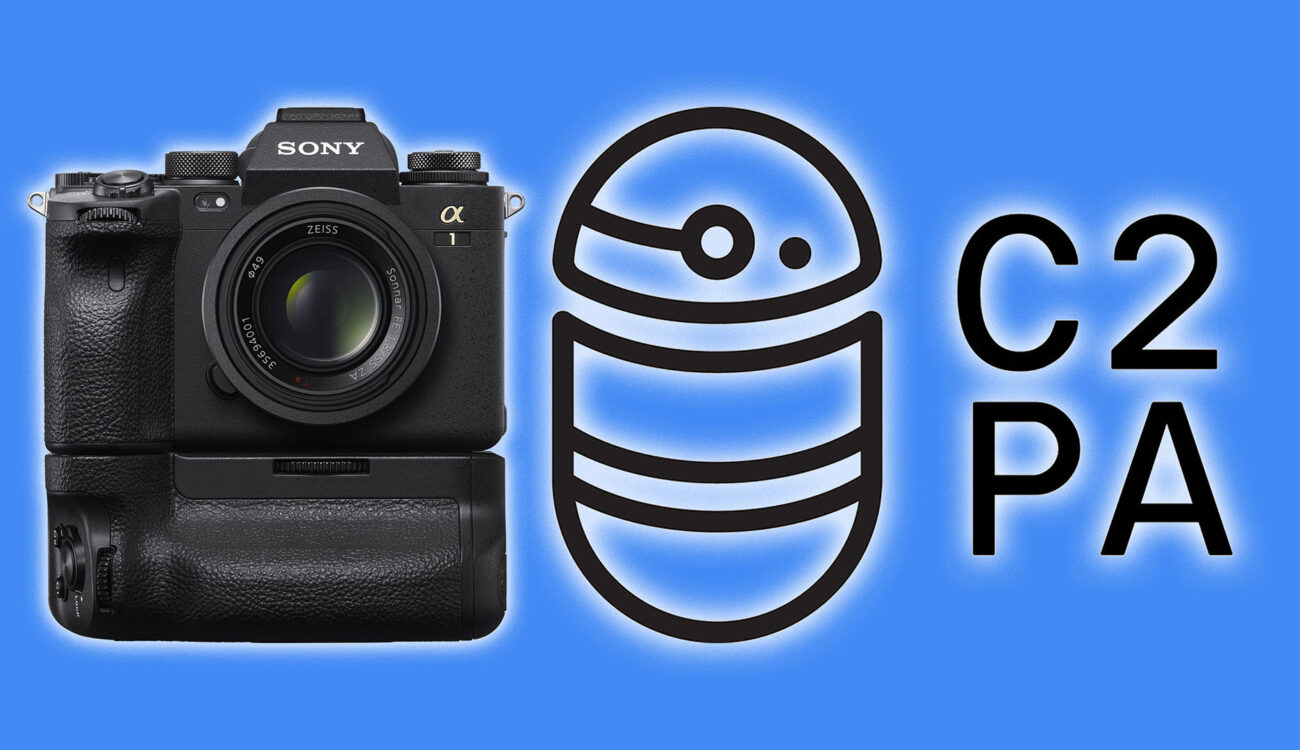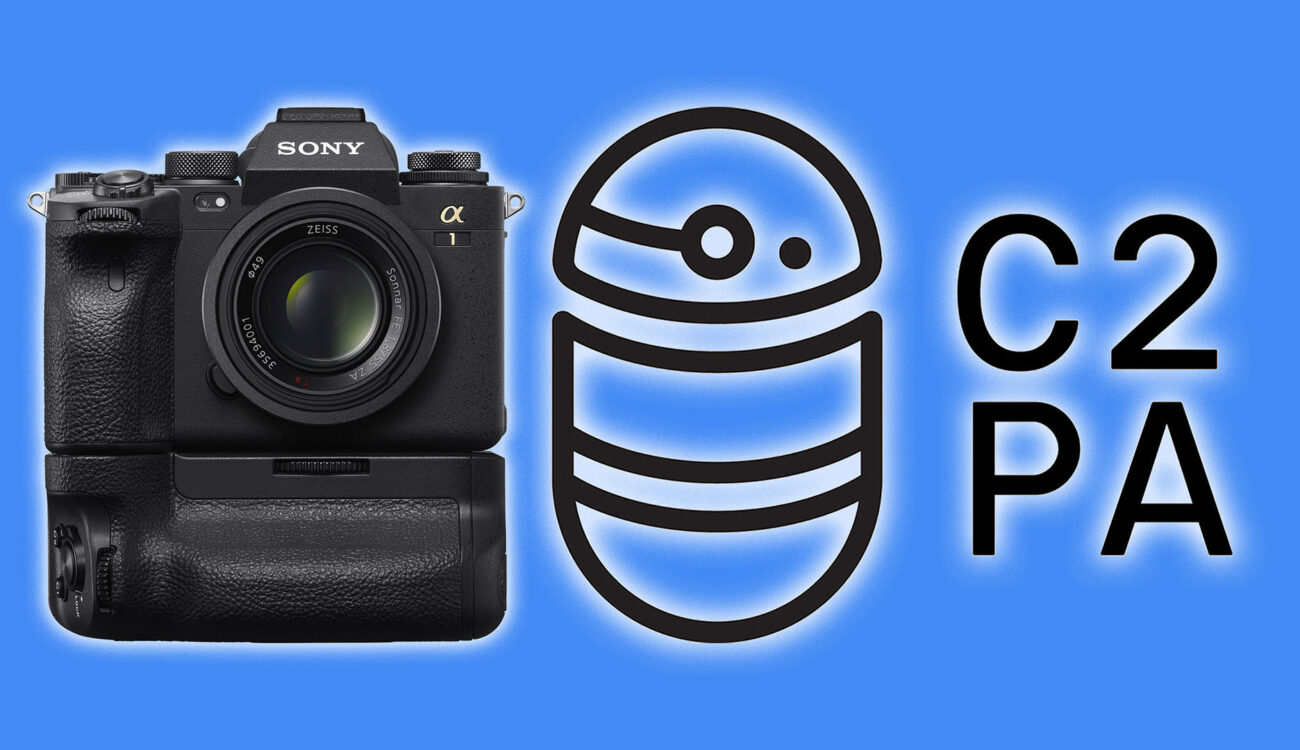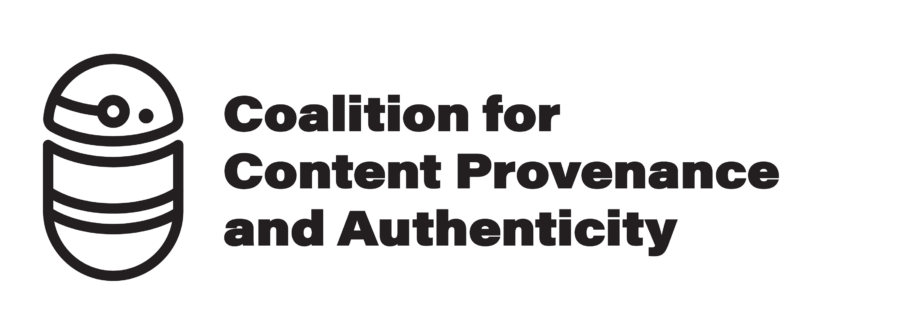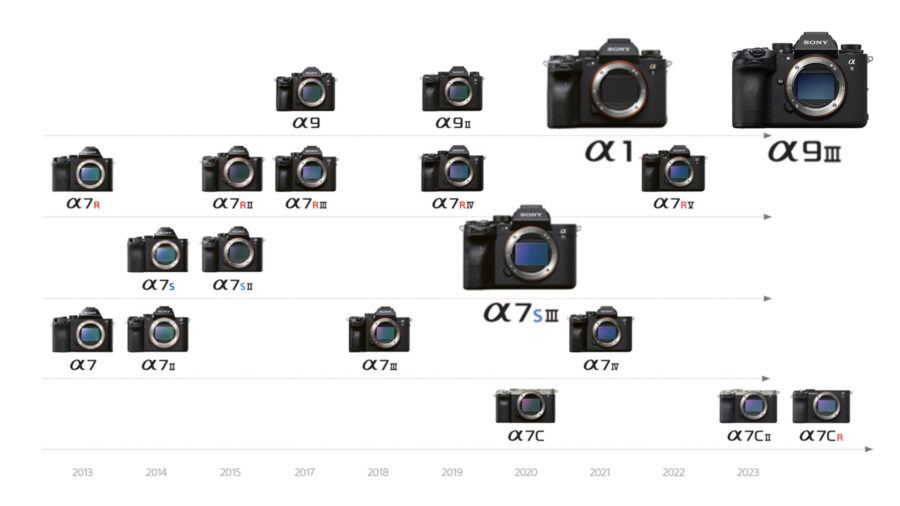

Sony and the Associated Press (AP) have completed a major test phase with their new in-camera authentication method. The new feature is set to be implemented in the Sony a9 III, a1, and a7S III in a future firmware update. Sony joined the Coalition for Content Provenance and Authenticity (C2PA) as a steering committee member last year and started working on camera-based authentication. While not yet finalized, the company’s extensive testing with AP is moving forward.
The advent of AI-generated imagery is nothing new anymore. Dall-E, Midjourney, Stable Diffusion, or FireFly have become almost mainstream applications, spewing out endless images. With time and updates, some of these images are almost indistinguishable from authentic photography, which poses an immense challenge in fake-news-plagued media.

Authenticity under attack
Several imaging, news, media, and other institutions, corporations, and manufacturers have risen to meet the challenge. The Coalition for Content Provenance and Authenticity (C2PA) is one initiative on this frontline. C2PA unifies the efforts of the Adobe-led Content Authenticity Initiative, focused on context and history for digital imagery and media, and Project Origin, a Microsoft- and BBC-led initiative that tackles disinformation in the digital news ecosystem. The C2PA consists of the companies above and many others.
The Content Authenticity Initiative
The Adobe-led Content Authenticity Initiative predates the C2PA amongst its founders. The C2PA is a joint effort covering a wider range of authenticity and copyright range. The Content Authenticity Initiative is responsible for the digital imaging part, having created a platform that enables any user at any post-process stage to trace the original image as it was taken.
It also enables the tracing of additional imagery and other digital assets used in the process to maintain authenticity and proper credit for every creator taking part in the final graphic creation. The first camera to implement this kind of technology and enable digital signature with every press of the shutter release is the Leica M11-P. While Leica is the first, Sony’s move may create some significant ripples throughout the industry. After all, we can’t quite compare a niche, $9195 camera to the prowess and magnitude of Sony cameras across the professional market.
Copyright protection?
Well, not so much. The A2PA isn’t designed to protect our copyrights. No platform will ever be able to completely prevent all methods of misuse or abuse. Any image may be printed and scanned, or even photographed at a gallery or museum (as in this radical work by Sherrie Levine). A2PA is designed to allow tracing the image pipeline back to its origin, for those who wish to respect authenticity and copyright.
Firmware implementation
Sony will implement its C2PA protocol into existing cameras via firmware updates. The first trio to obtain this ability will include the new a9 III, the flagship a1, and the video-oriented a7S III. As it is firmware-based, we may expect additional cameras to fill this list, but no word about such a prospect from Sony.

The firmware update is due in the near future, but no specific date is set at this point.
Do you believe initiatives such as C2PA stand a chance against the generative imagery flood that’s fallen upon us? Will you use this kind of feature in your workflow? Let us know in the comments.





